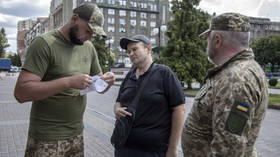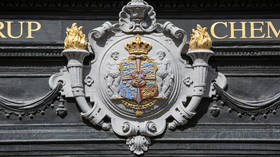‘Flooded Doomsday’ seed vault as seen from space (PHOTOS)
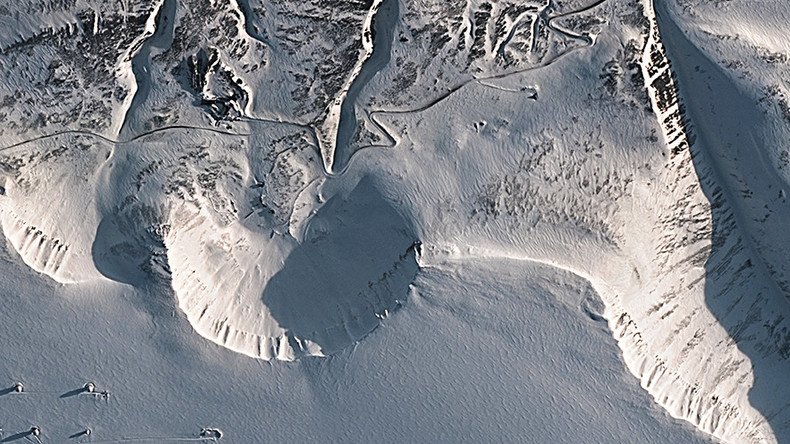
Satellite photos show the Svalbard Global Seed Vault for the first time since reports of flooding triggered widespread panic last week. The facility represents Earth’s best chance of re-establishing food supplies after a global catastrophe.
Permafrost meltwater “gushed” into the entrance of the seemingly-impregnable fortress on May 19 – but internal damage to the structure is minimal.
Thankfully the so-called ‘flooding’ did not affect any of the seeds but Earth observation company Deimos Imaging released pictures of the damage to the ‘Doomsday Vault’ as captured by its Deimos-2 satellite.
The first image shows Svalbard’s Longyear airport, the most northerly on Earth.
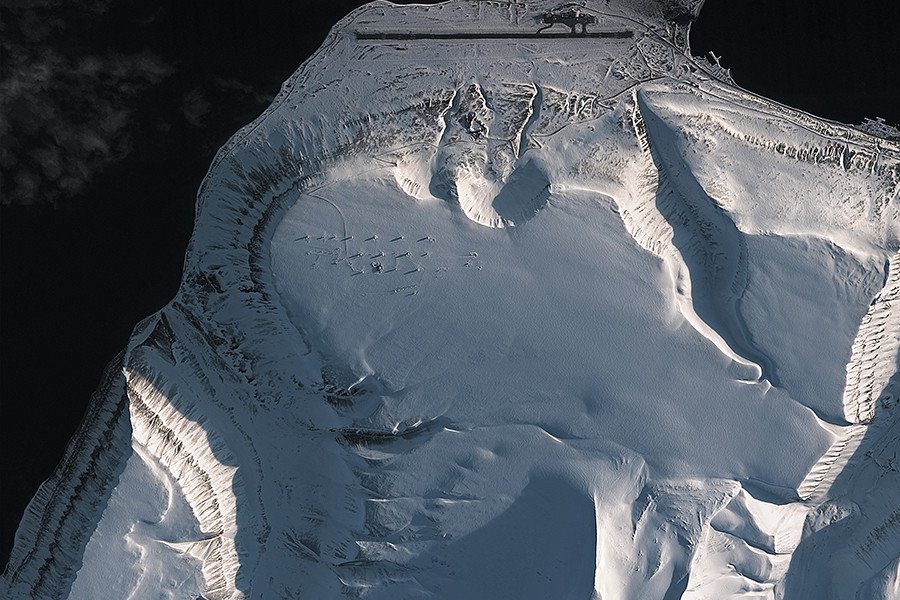
The second image, meanwhile, shows the Arctic fortress.
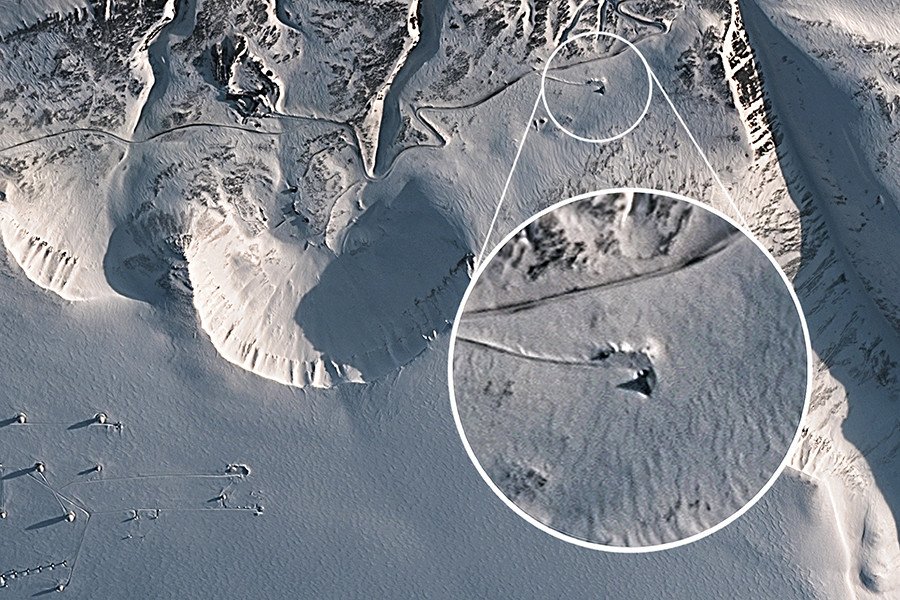
The Norwegian government confirmed it plans to boost the vault's defenses following the leak but others insist that the incident is being overplayed and that no actual flooding took place.
Norway to bolster ‘Doomsday’ seed vault following climate change flooding fears https://t.co/YmJ2bzSRC7pic.twitter.com/mjsmZxNsqc
— RT (@RT_com) May 21, 2017
Cary Fowler, former executive director of the Crop Trust – the firm that helped create the vault – took to Twitter to clarify there had been no ‘flooding’ at the facility.
@RyanMaue It didn't flood. Some water enters tunnel just inside beyond building you see yearly and is pumped out. Nothing new. Seeds at opposite end.
— Cary Fowler (@CaryFowler_) May 20, 2017
Seed Vault is fine. Seeds undamaged. No flood as widely but incorrectly reported. Take it from me. https://t.co/tZhiDrLuuS
— Cary Fowler (@CaryFowler_) May 20, 2017
The agriculturalist explained that for any water to get near the seeds it would have to get past two independent pump systems, go uphill through three doors and then survive 0.4°F (-18°C) temperatures.
Hege Njaa Aschim, a spokesperson for the Norwegian government which owns the vault, told RT.com that “the seeds and the vault itself was never at risk,” but they do not want water even at the entrance and are working on minimizing this risk.
‘Doomsday vault’: Emergency Arctic facility receives 50k seed deposits, just in case https://t.co/btaBt6AMV4pic.twitter.com/etSSbkcWdU
— RT (@RT_com) February 25, 2017
The Svalbard Global Seed Vault, located under the snow, holds 930,000 seed samples from all over the world but can store up to 4.5 million seed samples for hundreds of years. Each sample contains an average count of 500 seeds, so a maximum of 2.25 billion seeds can be stored in the facility.


